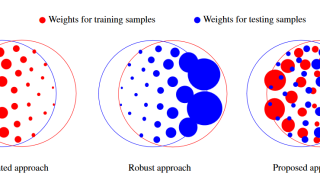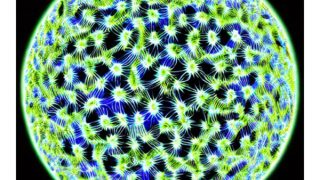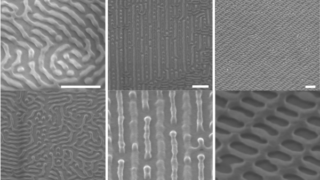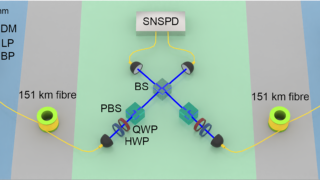
A new approach to covariate shift adaptation
In probability theory and statistics, a collection of random variables is independent and identically distributed (iid) if each random variable has the same probability distribution as the others and all are mutually independent. Most supervised machine learning methods assume that training and testing or production samples are drawn iid from the same underlying distribution. But […]








